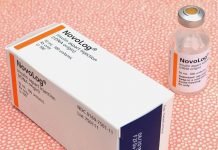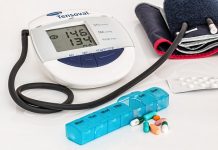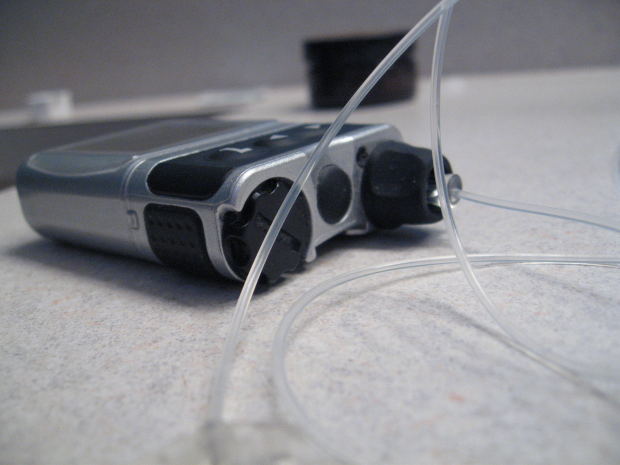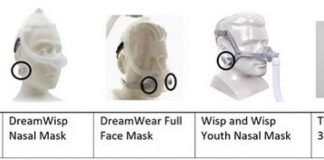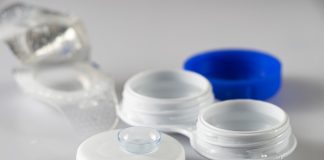Injectable nanoparticles developed at MIT may someday eliminate the need for patients with Type 1 diabetes to constantly monitor their blood-sugar levels and inject themselves with insulin.
The nanoparticles were designed to sense glucose levels in the body and respond by secreting the appropriate amount of insulin, thereby replacing the function of pancreatic islet cells, which are destroyed in patients with Type 1 diabetes. Ultimately, this type of system could ensure that blood-sugar levels remain balanced and improve patients' quality of life, according to the researchers.
"Insulin really works, but the problem is people don't always get the right amount of it. With this system of extended release, the amount of drug secreted is proportional to the needs of the body," says Daniel Anderson, an associate professor of chemical engineering and member of MIT's Koch Institute for Integrative Cancer Research and Institute for Medical Engineering and Science.
Anderson is the senior author of a paper describing the new system in a recent issue of the journal ACS Nano. Lead author of the paper is Zhen Gu, a former postdoc in Anderson's lab. The research team also includes Robert Langer, the David H. Koch Institute Professor at MIT, and researchers from the Department of Anesthesiology at Boston Children's Hospital.
Mimicking the pancreas
Continue Reading Below ↓↓↓
Currently, people with Type 1 diabetes typically prick their fingers several times a day to draw blood for testing their blood-sugar levels. When levels are high, these patients inject themselves with insulin, which breaks down the excess sugar.
In recent years, many researchers have sought to develop insulin-delivery systems that could act as an "artificial pancreas," automatically detecting glucose levels and secreting insulin. One approach uses hydrogels to measure and react to glucose levels, but those gels are slow to respond or lack mechanical strength, allowing insulin to leak out.
The MIT team set out to create a sturdy, biocompatible system that would respond more quickly to changes in glucose levels and would be easy to administer.
Their system consists of an injectable gel-like structure with a texture similar to toothpaste, says Gu, who is now an assistant professor of biomedical engineering and molecular pharmaceutics at the University of North Carolina at Chapel Hill and North Carolina State University. The gel contains a mixture of oppositely charged nanoparticles that attract each other, keeping the gel intact and preventing the particles from drifting away once inside the body.
Using a modified polysaccharide known as dextran, the researchers designed the gel to be sensitive to acidity. Each nanoparticle contains spheres of dextran loaded with an enzyme that converts glucose into gluconic acid. Glucose can diffuse freely through the gel, so when sugar levels are high, the enzyme produces large quantities of gluconic acid, making the local environment slightly more acidic.
That acidic environment causes the dextran spheres to disintegrate, releasing insulin. Insulin then performs its normal function, converting the glucose in the bloodstream into glycogen, which is absorbed into the liver for storage.
Long-term control
In tests with mice that have Type 1 diabetes, the researchers found that a single injection of the gel maintained normal blood-sugar levels for an average of 10 days. Because the particles are mostly composed of polysaccharides, they are biocompatible and eventually degrade in the body.
The researchers are now trying to modify the particles so they can respond to changes in glucose levels faster, at the speed of pancreas islet cells. "Islet cells are very smart. They can release insulin very quickly once they sense high sugar levels," Gu says.
Before testing the particles in humans, the researchers plan to further develop the system's delivery properties and to work on optimizing the dosage that would be needed for use in humans.
Continue Reading Below ↓↓↓
The research was funded by the Leona M. and Harry B. Helmsley Charitable Trust and the Tayebati Family Foundation. Written by: Anne Trafton, MIT News Office
Source: MIT



